A manifestation on a motorway, a spectre on a cliff and a poltergeist with a pong
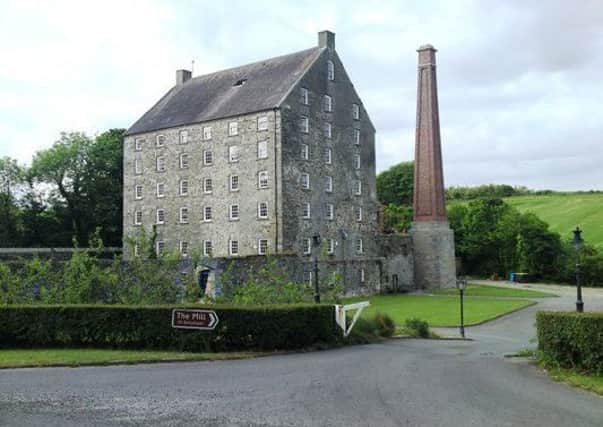

While it has drawn former Prime Ministers, retired statesmen and even the Queen into its flourishing fray a historic parliamentarian with Irish roots has been very noticeable for his silence during Brexit.
Prime Minister Spencer Perceval, son of the then Irish Parliament’s member for Dingle, took up residence in Number 10 in 1809.
Advertisement
Hide AdAdvertisement
Hide AdAccording to a number of plausible accounts he’s still there, particularly at times of national crises and from what some folk say this is one of those!
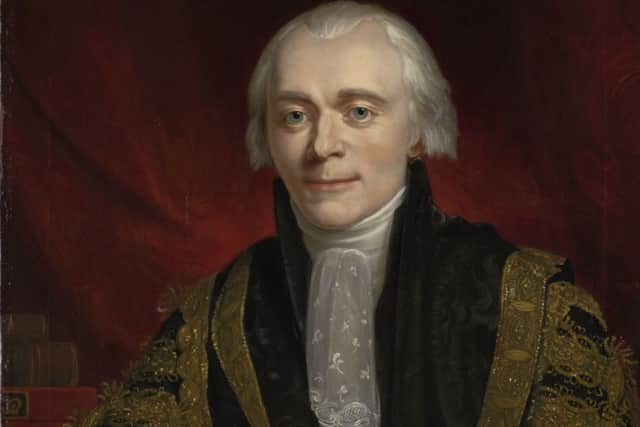

PM Perceval was shot and fatally wounded as he strode into the lobby of the House of Commons in 1812.
He was carried into a side room and died soon afterwards – the only British Prime Minister assassinated whilst holding office.
His body was brought back to Number 10 where it rested for five days before a private burial but his ghost is said to appear regularly when the nation is facing an emergency.
Advertisement
Hide AdAdvertisement
Hide AdOccasional reports have him dressed in fancy, Regency-period costume.
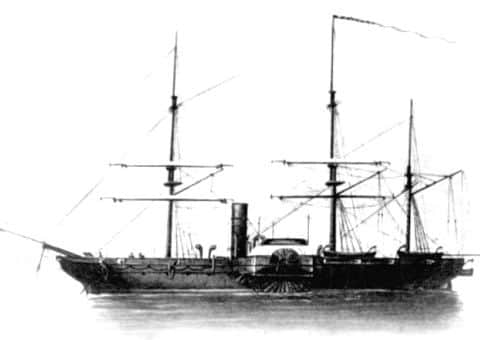

During building alterations in the late 1950s workmen encountered PM Perceval’s ghost several times as a shimmering figure at the back wall of Number 10’s garden, where it disappeared.
This page starts with Spencer’s spook today because a number of regular Roamer-readers tell me that they enjoy ghost stories and PM Perceval’s is the only one with a link, however remotely, to Brexit.
Also, some of Ireland’s many ghosts hover over the pages of chapter nine in Banbridge-writer Doreen McBride’s latest book, The Little Book of County Down.
Advertisement
Hide AdAdvertisement
Hide AdIt’s rightly billed as a “compendium of fascinating, obscure, strange and entertaining facts about this ancient county of Northern Ireland”.
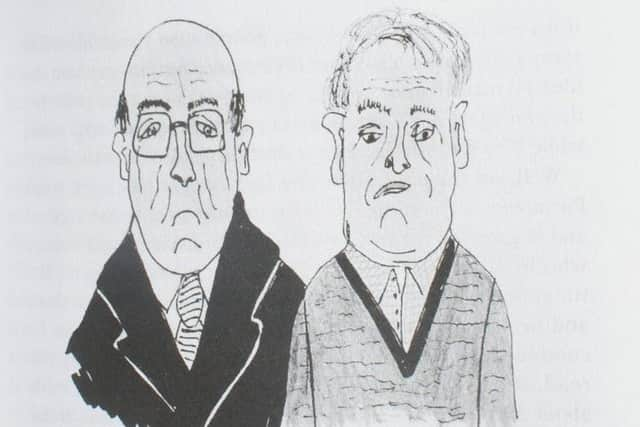

Published by the History Press Ireland, all 10 chapters are overflowing with historical and/or colourful facts and figures, “perfect for dipping into”, says Doreen, whose drawings and cartoons accompany her writings.
“I am grateful to my husband George,” she adds, “for doing his best to knock what he considers nonsensical ideas out of my head.”
She dragged poor George around the countryside to help her with her research for her first half dozen Little Books but Doreen admits that a close friend recently “responded to my husband’s plea to ‘give his head peace’ by acting as my minder while I did the fieldwork.”
Advertisement
Hide AdAdvertisement
Hide AdHer literary harvest is abundant with information of the ‘I never knew that!’ variety.
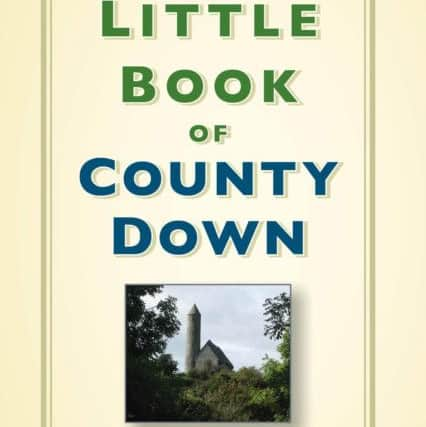

Besides the ghosts of chapter nine, which greatly tickled Roamer’s fancy, Doreen recounts “the world’s worst novelist”, Amanda McKittrick Ros, born near Ballynahinch.
Born Anna Margaret McKitterick in 1860, after marrying local stationmaster Andy Ross in 1887 she deemed her name to be “too plain” for someone “born with what she considered her undeniable talent”.
Doreen explains that she chose instead to be called Amanda Molvina Fitzalan Anna Margaret McClelland McKitterick Ros.
Advertisement
Hide AdAdvertisement
Hide AdSome critics applaud her as the author of some of the worst prose and poetry ever written, and Doreen quotes from her poem ‘Visiting Westminster Abbey’ which opens:
‘Holy Moses! Have a look!
Flesh decayed in every nook!
Some rare bits of brawn are here,
Mortal lumps of beef and beer.’
Poets aside, and before we get to Doreen’s ghosts, chapter five’s vast list of famous people from Co Down includes Sir Hans Sloane from Killyleagh “whose collection formed the foundation of the British Museum”.
Doreen adds: “He was responsible for introducing drinking chocolate to Britain and he gained an excellent reputation as a physician resulting in his appointment as physician to George II in 1716.”
Chapter eight, about Co Down during two world wars, tells the remarkable but chilling story about the day the entire Kilkeel fishing fleet “was sunk by a German U-boat on May 30 1918 without the loss of a single life”.
Advertisement
Hide AdAdvertisement
Hide AdThe book compiles rogues and vagabonds, saints and St Patrick, big houses, famous gardens and of course mountains, but we’ll end with Doreen’s ghosts, as promised.
She introduces the “friendly ghosts” of Ballydugan Flour Mill, near Downpatrick.
“There are three happy ghosts here” which she doesn’t blame for coming back because the old mill has been restored as an award-winning venue for weddings “retaining its character while incorporating modern comforts.”
A phantom clergyman “loiters around the basement”!
An “unpredictable” ghost called Bobby is “a silent shadow but sometimes he walks around slamming doors” and there’s a girl “dressed in rough, brown sackcloth. She loves to dance and may be seen dancing to the music provided at the wedding breakfast”.
Advertisement
Hide AdAdvertisement
Hide AdDoreen’s ghost-list also includes a motorway manifestation, a cliff-side spectre, a poltergeist with a pong, and the oft-recounted Lord Blaney – “ghost ship and harbinger of doom”.
The Lord Blayney left Warrenpoint and foundered on rocks off Wales in December 1833.
The doomed vessel has subsequently reappeared, generally before local shipping disasters.
Doreen quotes a sighting - “the ship was tossed as if knocked about in a storm, although where she lay was dead calm. We could hear the sound of the swishing water against her side, and the wind blowing through her rigging. When she came opposite the quays at Warrenpoint we saw a cloud of steam go up as if the whistle was shrieking a warning; then slowly she sank; her stern lights vanished beneath the waves.”
The book is in bookshops and at www.thehistorypress.ie.